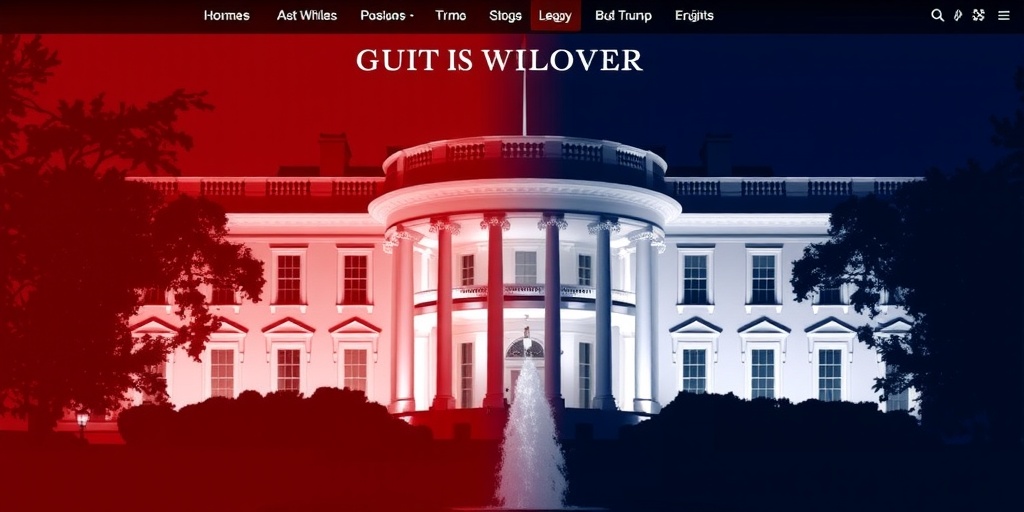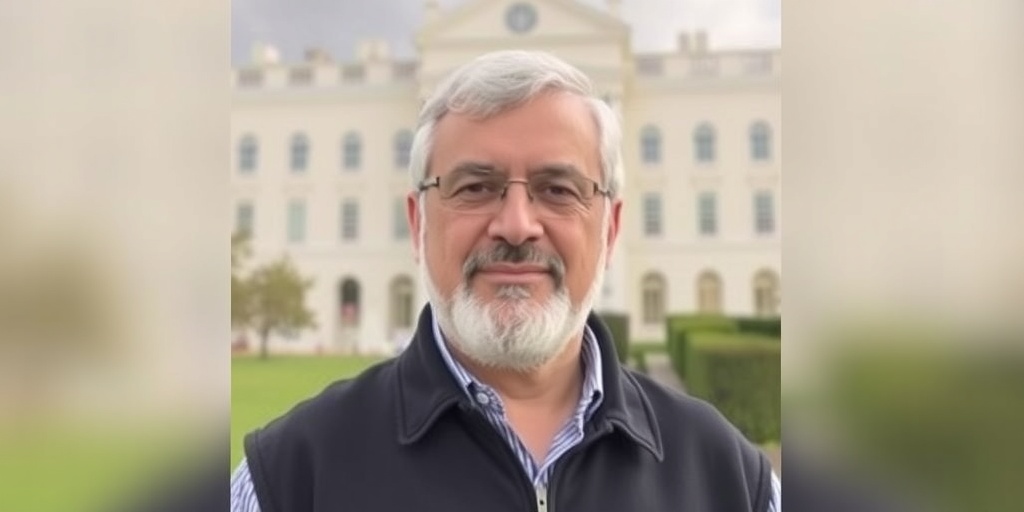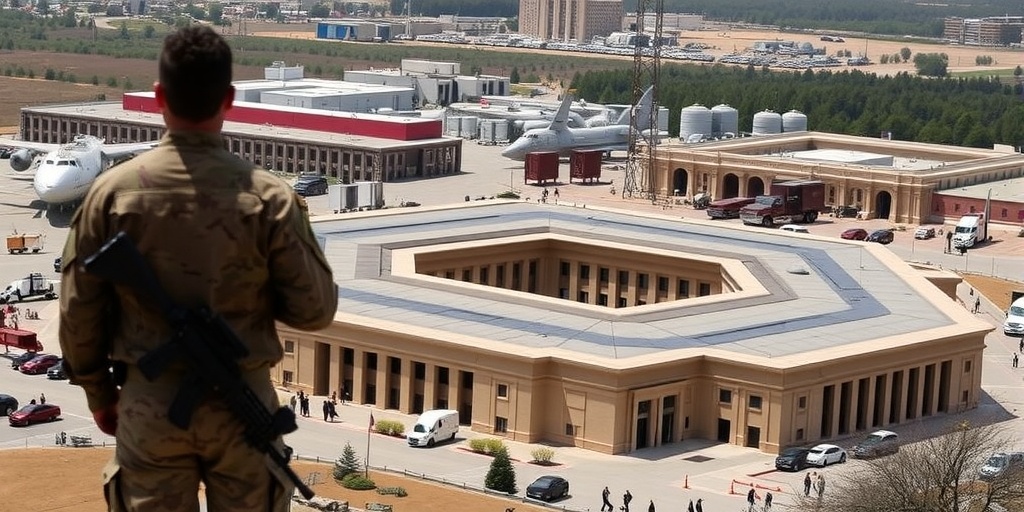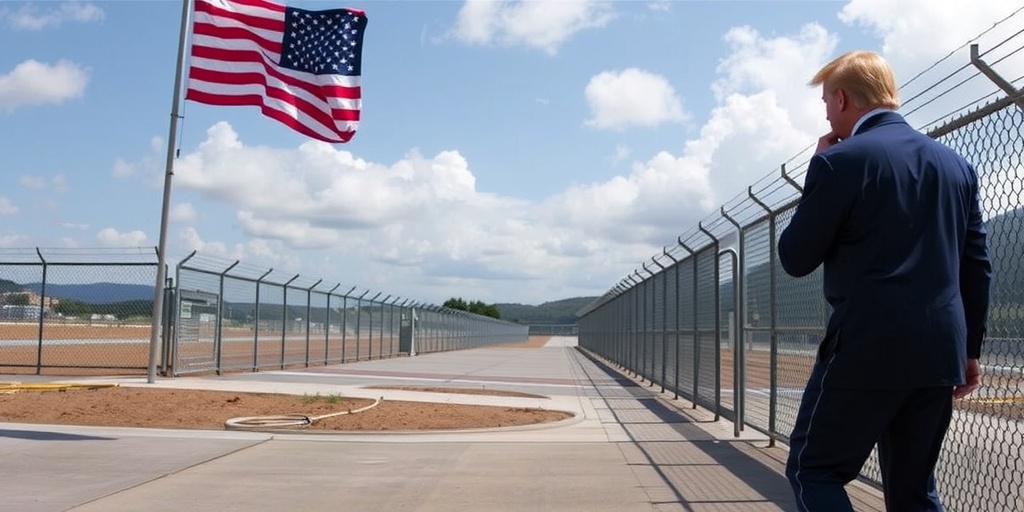Now Reading: Trump Eases Counterterrorism Strike Restrictions Beyond War Zones
-
01
Trump Eases Counterterrorism Strike Restrictions Beyond War Zones
Trump Eases Counterterrorism Strike Restrictions Beyond War Zones

Trump Rescinds Biden’s Counterterrorism Drone Strike Restrictions, Reviving Previous Rules
Former President Donald Trump has rolled back the counterterrorism measures set by the Biden administration, specifically easing restrictions on drone strikes and commando raids beyond conventional war zones. Officials familiar with the ongoing changes have confirmed that Trump is reinstating a set of looser guidelines that were in place during his first term.
Under the Biden administration’s policies, U.S. military and CIA drone operators were required to obtain direct permission from the president before launching a strike against suspected militants in regions not officially classified as war zones. This process often involved rigorous scrutiny and approval from the White House. However, the new directives will restore greater autonomy for field commanders, granting them the discretion to execute strikes based on their own assessments.
The implications of this shift are significant. Analysts indicate that the U.S. is likely to increase airstrikes targeting suspected terrorists in ill-governed areas, such as Somalia and Yemen. This shift in policy carries the potential for heightened risks to civilian populations, as previous administrative measures aimed at mitigating collateral damage are now relaxed.
While the Trump administration did not issue a formal announcement regarding this policy reversal, various media reports, including one from CBS News, revealed that Defense Secretary Pete Hegseth had signed a directive implementing these changes for the U.S. Africa Command during a meeting in Germany last month. Hegseth confirmed the adjustments via a social media post linking to the CBS report, simply stating, "Correct."
A source close to the situation, who spoke on the condition of anonymity, explained that Trump’s reinstatement aligns with the original counterterrorism rules established in October 2017, effectively revoking the protocols enforced by Biden in October 2022. A senior Pentagon official corroborated this account, although the exact timing of Trump’s decision remains unclear.
Notably, previous events suggest the changes came after an airstrike targeted ISIS militants in Somalia on February 1. At a Conservative Political Action Conference (CPAC) speech delivered on February 21, Sebastian Gorka, serving as senior director for counterterrorism on the National Security Council, claimed that Trump personally approved the February operation—a step that would not be necessary under the reestablished rules.
For commanders in the field, the newly reinstated rules are expected to simplify decisions regarding targets. The earlier Trump strategy allowed strikes against militants simply based on their affiliation with designated terrorist groups, which permitted commanders to act against lower-ranked fighters if deemed necessary for policy reasons. In contrast, Biden’s policy sought to restrict operations to high-value targets, requiring presidential approval for each individual strike.
Both sets of guidelines stipulated a "near certainty" that no civilian casualties would result from operations, with potential exceptions. However, a review conducted during Biden’s tenure indicated a notable difference in how civilian protections were considered under each framework. While the Trump-era rules maintained the "near certainty" standard for protecting women and children, they often permitted a lower threshold for adult males, raising ethical and operational concerns.
In response to inquiries regarding the implementation of the new rules, Brian Hughes, a spokesman for the National Security Council, broadly commented on the need for commanders to have more operational freedom. "President Trump will not hesitate to eliminate any terrorist who is plotting to kill Americans," he declared, highlighting a renewed commitment to aggressive counterterrorism operations that aim to mitigate perceived bureaucratic constraints which, in their view, hinder effective military action.
The Biden administration’s approach had already allowed commanders to conduct self-defense strikes without higher-level authorization, which has been the operational framework for many counterterrorism strikes in recent years, such as those aimed at Al Shabab militants in Somalia.
The landscape of counterterrorism operations has shifted considerably as the global threat from terrorism has evolved. The rise of ISIS notably redirected extremist groups towards regions like Iraq and Syria, both of which the U.S. officially classified as conventional war zones. This classification exempted them from different operational rules.
Emerging drone technology early in the 21st century intertwined with the protracted conflict following the September 11 attacks, leading to targeted killings in non-conventional warfare settings becoming more widely practiced. Various administrations, beginning with President George W. Bush and continuing through President Obama, faced mounting questions regarding the legality and morality of targeted strikes, particularly following the controversial killing of American citizen Anwar al-Awlaki in 2011.
In May 2013, Obama instituted the first cohesive framework governing military and CIA operations away from conventional battlefields, requiring a high-level interagency review to assess potential threats. Trump replaced this regulatory structure with a more decentralized approach in 2017. The Biden administration then suspended this system, reinstating a modified version of Obama’s rules, which have now been effectively discarded once more with Trump’s new directives.
As these developments unfold, national and international observers will be closely monitoring the impact of this policy shift on U.S. military operations and the overarching landscape of global counterterrorism efforts.
Stay Informed With the Latest & Most Important News
Previous Post
Next Post
-
 01New technology breakthrough has everyone talking right now
01New technology breakthrough has everyone talking right now -
 02Unbelievable life hack everyone needs to try today
02Unbelievable life hack everyone needs to try today -
 03Fascinating discovery found buried deep beneath the ocean
03Fascinating discovery found buried deep beneath the ocean -
 04Man invents genius device that solves everyday problems
04Man invents genius device that solves everyday problems -
 05Shocking discovery that changes what we know forever
05Shocking discovery that changes what we know forever -
 06Internet goes wild over celebrity’s unexpected fashion choice
06Internet goes wild over celebrity’s unexpected fashion choice -
 07Rare animal sighting stuns scientists and wildlife lovers
07Rare animal sighting stuns scientists and wildlife lovers





















